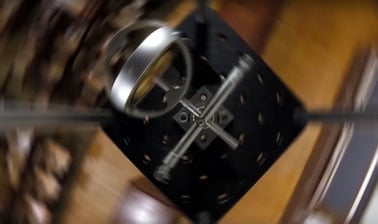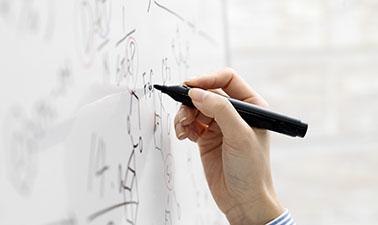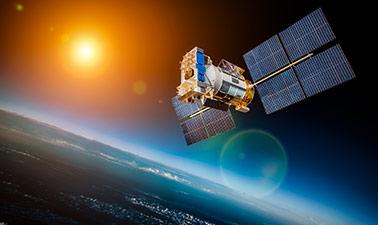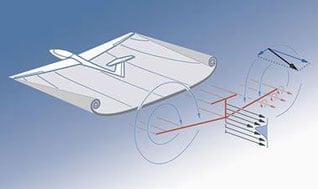The online energy simulations on this page will help you understand the physical concept of energy and the different types of energy: kinetic, potential, thermal. Visualize with the simulations how energy transforms from one form to another.
Energy is a fundamental property of nature that is defined as the ability of a system to do work. Energy can come in many forms, such as kinetic energy (associated with the motion of an object), potential energy (associated with the position of an object in a force field), thermal energy (associated with temperature and molecular vibrations), electrical energy (associated with the transfer of electrical charges), and chemical energy (associated with chemical reactions).
Conservation of energy is a fundamental law of physics that states that the total energy of an isolated system (i.e. one that does not exchange energy with its surroundings) remains constant. This means that energy can neither be created or destroyed, but can only be transformed from one form to another. For example, the kinetic energy of a falling object is converted into gravitational potential energy as the object rises, and vice versa.
Energy is a fundamental concept in many areas of science and technology. It is used to describe processes and phenomena ranging from heat transfer to electricity generation. Understanding energy and its various forms is crucial to the development of new technologies and sustainable solutions to current and future energy challenges.
Explore the exciting STEM world with our free, online simulations and accompanying companion courses! With them you'll be able to experience and learn hands-on. Take this opportunity to immerse yourself in virtual experiences while advancing your education - awaken your scientific curiosity and discover all that the STEM world has to offer!
- Bicycle
- Vehicles
- Pendulum
- Spring
- Astronaut
- Skate
Kinetic energy of a bicycle
As the person starts pedaling, the speed and kinetic energy increase, do they increase at the same rate?
Kinetic energy, mass and speed
Try to give the same amount of energy to the three vehicles and observe their speeds. Which vehicle moves with more speed for identical energy?
Energy in a pendulum
When the pendulum is released, it begins to swing back and forth. At what point are the kinetic energy of the ball maximum and minimum?
Energy skate park
Learn about energy conservation with a skateboarder! Build tracks, ramps and jumps for the skater and see the kinetic energy, potential energy and friction as he moves. Measure speed and adjust for friction, gravity and mass – you can also put the skater on different planets or in space!
File
Physics courses


AP® Physics 1 – Part 1: Linear Motion



AP Physics 1



AP® Physics 1 – Part 4: Exam Prep



AP® Physics 2: Challenging Concepts



Mechanics, Part 2



Mechanics, Part 1



Dynamics and Control

Other courses


Maths Essentials



Fat Chance: Probability from the Ground Up



Sensing Planet Earth – From Core to Outer Space



AP® Physics 2: Challenging Concepts



Cavity Quantum Optomechanics



Basic Steps in Magnetic Resonance



Critical Raw Materials: Managing Resources for a Sustainable Future



Synthetic Aperture Radar: Hazards



















